Nesting Collard Doves Have Right to Stay
1955 was a special year!
It is perhaps a strange coincidence that in 1955 Paddock Wood had its first Council at the same time that Collared Doves arrived the UK. The doves were noted to breed in Norfolk during that year. Slightly over 60 years, and many doves later, a pair decided to make their nest in the Town Councils Christmas Tree. Perhaps they came albeit slightly late, to mark the anniversary?
After Christmas decorations and lights were removed from around them, the tree was at risk of being taken down but with squatters rights why should the residents budge? A Council contractor spotted them and knew that to comply with the law the tree had to remain in place until the birds chose to vacate their chosen nesting spot.
It is not the first time this has happened. Back in January 2011 a similar event happened in a fishing port on the west coast of Scotland. The Mallaig Community Council Chairman reported that a dove had been seen in their Christmas tree on Christmas Day. A male blackbird apparently made a takeover bid but both were seen visiting the tree so a compromise was probably reached between them.
Since the site of the Paddock Wood tree is shared with the Council’s flag pole it will be unfortunate if there is any cause to use the flag. The latter which would normally resume its rightful place after the festivities, might need to be moved to a different location if necessary.
By the time you read this they might have moved on but in the meantime the birds also enjoy the security of being in full view of surrounding shops and a powerful CCTV at no cost to them and for many they have been welcome guests. A wise choice on their part.
Nesting birds are normally associated with Spring but unexpected weather confused the natural order of things. As many will be aware in garden some of our other birds have nested and in woodland areas daffodils and primroses have appeared along with the odd rose. Who can blame these beautiful doves for being misled into some early romancing way ahead of Valentine’s Day
There are many of these friendly and gentle birds to be found in gardens and woodland and they a recognised by their distinctive sound. They often nest closely to buildings and houses weighing up where the best source of food will be. Like their relatives in the pigeon category they can be maligned for feeding on grain as we Homo Sapiens compete for their territory and complain about their presence. Gone are the days of a trip to London to feed the birds in Trafalgar Square enjoyed so much by the 1955 generations, who by a ‘miraculous’ coincidence survived the experience!
Long before collared doves arrived a large area of the south east was covered in forest and woodland known as Anderida. There is evidence that our rapidly declining wildlife has to adapt quickly as habitats and old ways are changing.
Traces of such heritage are found in woodland plants which return to areas, managing to escape pesticides and human pampering. Flowers like the wild primrose (Primula Vulgaris) and violet are associated with February albeit they might bloom a bit later. They are of course used to commemorate events like Mothers Day and Easter. There is usually a good display in the Old Church Yard in Paddock Wood where a stray bomb destroyed the original St Andrews Church. The area is maintained for wildlife and like the birds the primroses are protected by law
By Sarah Hamilton

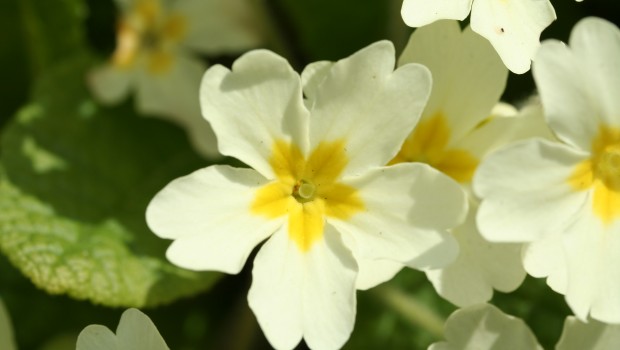
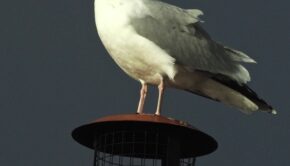
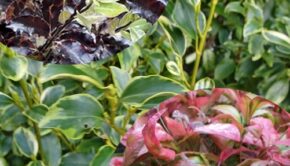
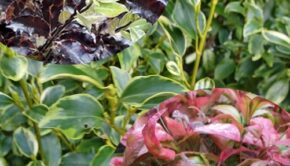
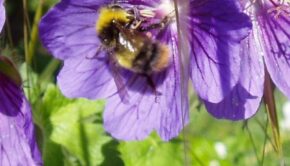
Comments